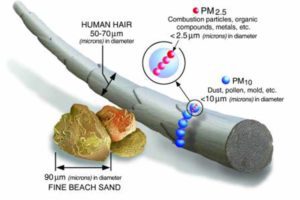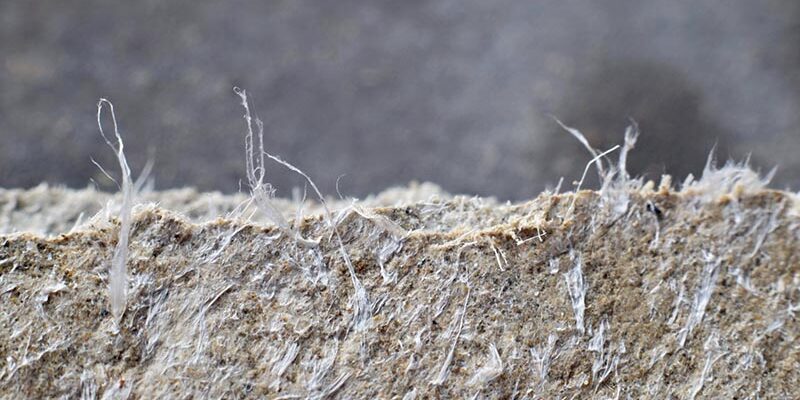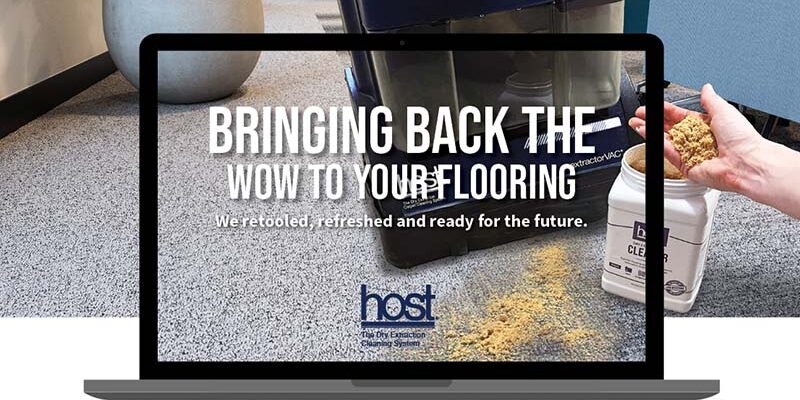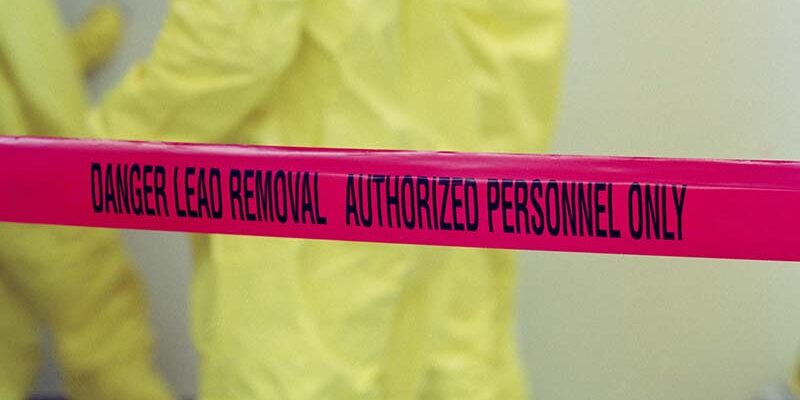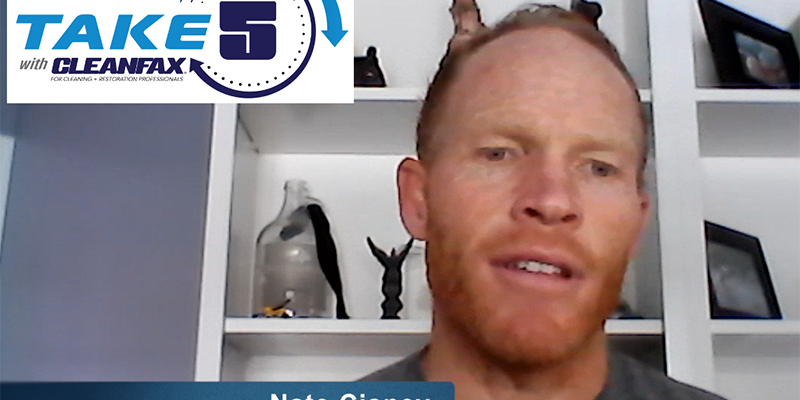A Guide to HEPA and Air Filtration Devices
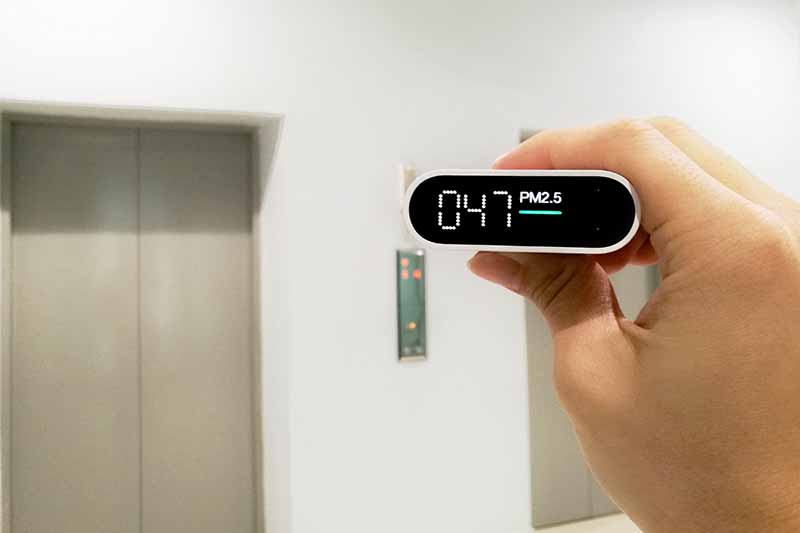
By David Oakes
Why do we install air filtration devices (AFDs) on water damage jobs?
- They provide the occupant with a cleaner, safer indoor environment.1
- Even clean-water losses are susceptible to compromised indoor air quality.1
- The high-velocity airflow necessary for effective drying does more than evaporate moisture into the air. It also stirs up millions of microscopic particles that have been trapped in the carpet or have settled on structural materials.1
- An air scrubber helps prevent these undesirable—and potentially harmful—particles from remaining in the indoor environment. By greatly reducing the types and quantity of airborne particles, an air scrubber also reduces the chances that occupants or technicians will inhale contaminants.1
- To help reduce the risk of spreading COVID-192 and other airborne pathogens, using AFDs is a prudent step for all projects.
- OSHA General Duty Clause 29 U.S.C. § 654 says each employer shall furnish to each of his employees a place of employment which is free from recognized hazards that are causing or are likely to cause death or serious physical harm to his employees.3
What is a HEPA filter?
HEPA is a type of pleated mechanical air filter. It is an acronym for “high efficiency particulate air [filter],” as officially defined by the U.S. Department of Energy. This type of air filter theoretically can remove at least 99.97% of dust, pollen, mold, bacteria, and any airborne particles with a size of 0.3 microns (µm), also referred to as micrometers.
The 0.3-micron diameter specification responds to the worst case, the most penetrating particle size (MPPS). Particles that are larger or smaller are trapped with even higher efficiency. Using the worst-case particle size results in the worst-case efficiency rating (i.e., 99.97% or better for all particle sizes).4
What is a micron?
A micron is one-millionth of a meter—or approximately 1/25,000 of an inch. For reference, see the graphic to the right.
What is particle matter (PM)?
PMs are particles sized less than 10 µm, which are considered the most harmful to health. Those particles less than 2.5 µm are considered fine PM and pose the greatest risk to health.4
Is a high efficiency particulate air negative air machine an air scrubber?
Yes. A HEPA negative air machine, when used in mold remediation and asbestos abatement, is vented outside of the containment area (typically outdoors) to filter the air exhausted and create negative air pressure to contain contamination that could be released during demolition or remediation. When used without venting, it becomes an air scrubber, often referred to as an air filtration device, to filter the air in a room.
How many AFDs should be installed?
The minimum air changes per hour (ACH) recommended by many sources is 4 ACH. To calculate the number of machines needed, use this formula:
Cubic feet (L x W x H) x 4 ACH = ACH/60 (minutes in an hour) = Cubic feet per minute (CFM)
One should then compare the formula’s results to the published rating of the AFD in cubic feet per minute to determine the minimum number of AFDs to install.
What does the IICRC say about AFDs?
The Institute of Inspection Cleaning and Restoration Certification says of AFDs:
“The drying process can aerosolize soil and particulates present in the environment. As water evaporates from surfaces and materials such as carpet, more particles can aerosolize, creating possible health, safety, comfort, and cleanliness issues. Where cleaning cannot sufficiently remove soil or particulates, or there are high-risk occupants, it is recommended restorers install one or more air filtration devices.”5
What are the harmful effects of PM?
Particulate matter contains microscopic solids or liquid droplets that are so small they can be inhaled and cause serious health problems. The size of particles is directly linked to their potential for causing health problems. Small particles, less than 10 µm in diameter, pose the greatest problems because they can get deep into the lungs, and some may even get into the bloodstream. Of these, particles less than 2.5 µm in diameter, also known as fine particles, particulate matter, or PM, pose the greatest risk to health.6
Exposure to such particles can affect both your lungs and your heart. Numerous scientific studies have linked particle pollution exposure to a variety of problems including:
- Premature death in people with heart or lung disease
- Non-fatal heart attacks
- Irregular heartbeat
- Aggravated asthma
- Decreased lung function
- Increased respiratory symptoms, such as irritation of the airways, coughing, or difficulty breathing.
People with heart or lung diseases, children, and older adults are the most likely to be affected by particle pollution exposure.7
Resources
- Legend Brands’ Guide to Air Scrubbing
legendbrandsrestoration.com/Fileshare/Documents/Guide-to-Airscrubbing.pdf - CDC Guide to COVID-19: Ventilation in Buildings
cdc.gov/coronavirus/2019-ncov/community/ventilation.html - OSHA Laws & Regulations: OSH Act of 1970
osha.gov/laws-regs/oshact/section5-duties - EPA Guide to Indoor Air Quality: What is a HEPA Filter?
epa.gov/indoor-air-quality-iaq/what-hepa-filter-1 - “Initial Cleaning, Category 1 Water,” ANSI/IICRC S500-2021 Standard for Professional Water Damage Restoration, 5th Edition, 12.4.5
iicrc.org/s500 - EPA Particulate Matter Pollution: Particulate Matter Basics
epa.gov/pm-pollution/particulate-matter-pm-basics - EPA Particulate Matter Pollution: Health and Environmental Effects of Particulate Matter
epa.gov/pm-pollution/health-and-environmental-effects-particulate-matter-pm - Restoration Sciences Academy: Air Filtration and Airflow Report and Conclusions
restorationsciencesacademy.com/Uploads/Document/LabDocuments/10013%20AFD%20and%20Airflow.pdf - Practical Application: S500 2015 and AFDS
cleanfax.com/restoration/afds
David Oakes has worked in the cleaning and restoration field since 1973. He consults for both restoration contractors and insurance companies and has served as an expert witness in state and federal court. Oakes is an RIA Certified Restorer, holds multiple IICRC certifications, and is an IICRC approved instructor, teaching restorative drying classes, among others. He is currently chairman of the ANSI/S540 2021 Consensus Body and serves on the Field Guide for S&H for Restoration Professionals and the Harmonized Industry Glossary Committee.

